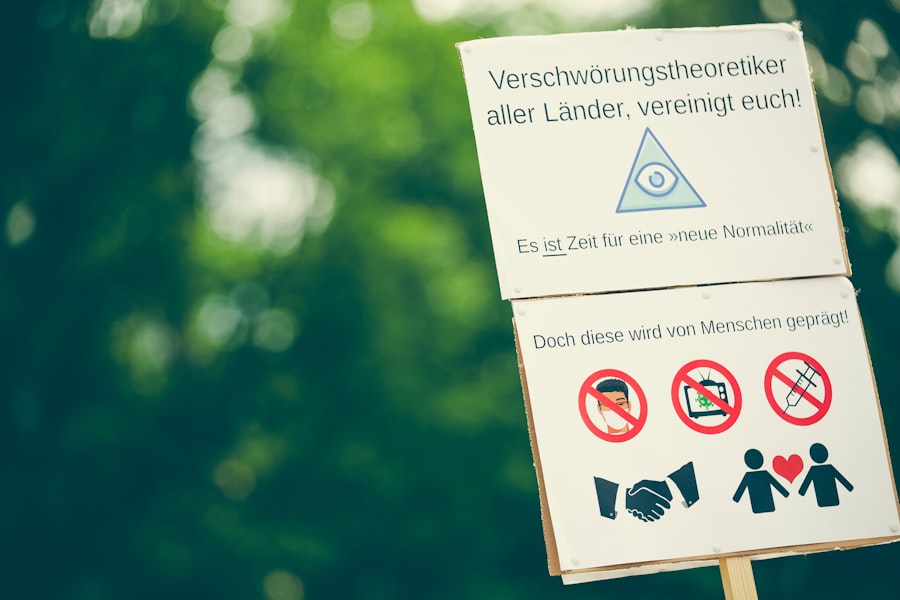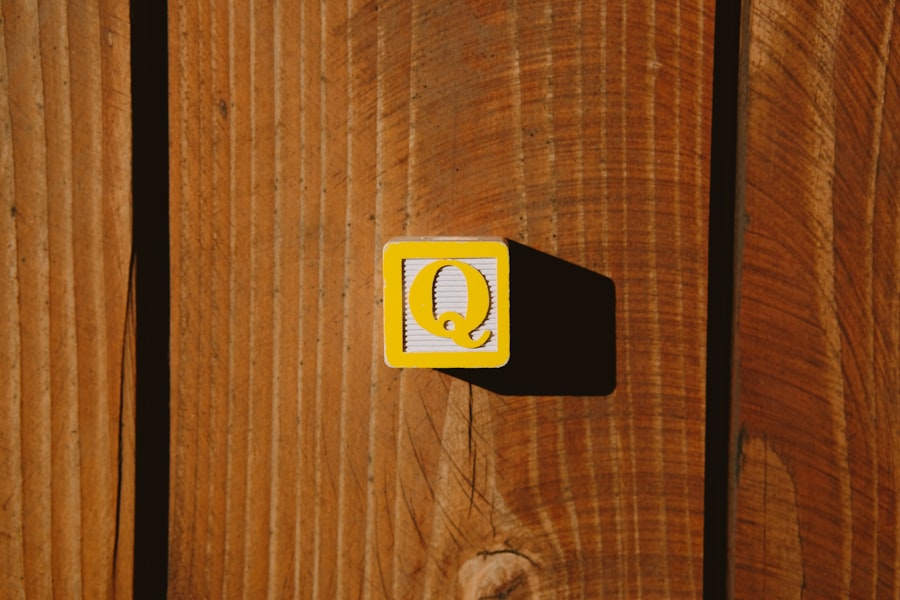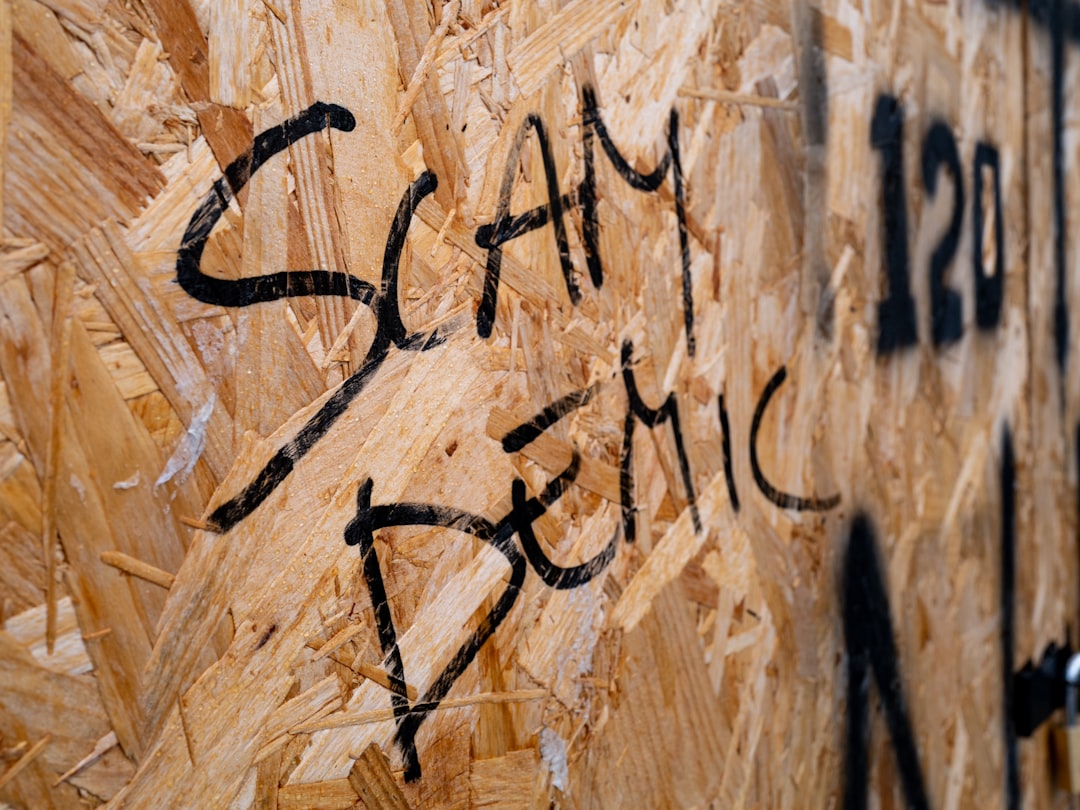Throughout American history, the notion of government conspiracies has captivated the public imagination, often blurring the lines between fact and fiction. From the early days of the republic to the present, citizens have speculated about hidden agendas, secretive operations, and the potential for manipulation by those in power. The allure of conspiracy theories lies in their ability to provide alternative narratives to official accounts, often appealing to a deep-seated skepticism about authority.
This skepticism is not unfounded; numerous instances of government misconduct have been documented, leading many to question the transparency and integrity of their leaders. The proliferation of information in the digital age has only intensified interest in these conspiracies. With social media platforms and online forums, individuals can share theories and evidence, creating echo chambers that reinforce their beliefs.
As a result, some conspiracy theories gain traction despite lacking substantial evidence. This article will explore several prominent US government conspiracies, examining their origins, the evidence supporting or refuting them, and their impact on public perception. By delving into these narratives, one can better understand the complex relationship between government actions and public trust.
Key Takeaways
- Government conspiracies have been a topic of interest and controversy for many years, with various events and experiments raising questions about the truth behind official narratives.
- The Kennedy assassination continues to be a subject of debate, with theories ranging from a lone gunman to multiple shooters, fueling suspicions of a government cover-up.
- The moon landing hoax theory has persisted despite overwhelming evidence of the Apollo missions, highlighting the power of skepticism and misinformation in shaping public perception.
- The 9/11 attacks have spawned numerous conspiracy theories, including claims of controlled demolition and government foreknowledge, challenging the official account of the events.
- Area 51 remains shrouded in secrecy, fueling speculation about extraterrestrial technology and government experiments, underscoring the enduring allure of government secrets and mysteries.
The Kennedy Assassination: What Really Happened?
The assassination of President John F. Kennedy on November 22, 1963, remains one of the most scrutinized events in American history. Officially attributed to Lee Harvey Oswald, many believe that the circumstances surrounding Kennedy’s death were far more complex than the Warren Commission’s findings suggest.
Various theories have emerged over the decades, implicating a range of actors from organized crime to rogue elements within the CIThe sheer number of theories reflects a profound distrust in the official narrative and a desire to uncover what many perceive as a hidden truth. One of the most compelling alternative theories posits that multiple gunmen were involved in the assassination, suggesting a conspiracy rather than a lone shooter. Proponents of this theory point to eyewitness accounts and inconsistencies in the physical evidence, such as the trajectory of the bullets and the infamous Zapruder film.
Additionally, some researchers argue that Kennedy’s policies—particularly his stance on Cuba and Vietnam—may have made him a target for those who opposed his vision for America. As new information continues to surface, the debate over what truly happened on that fateful day remains unresolved, keeping the memory of Kennedy’s assassination alive in the public consciousness.
The Moon Landing Hoax: Fact or Fiction?

The Apollo moon landing in 1969 is often heralded as one of humanity’s greatest achievements; however, it has also become a focal point for conspiracy theorists who claim it was staged by NASDetractors argue that the technology of the time was insufficient for such a monumental feat and that the U.S. government fabricated the event to assert its dominance during the Cold War. This theory gained traction in part due to perceived anomalies in photographs and videos from the lunar surface, such as shadows appearing inconsistent with a single light source and the absence of stars in the sky.
Despite these claims, extensive evidence supports the authenticity of the moon landing. Thousands of scientists, engineers, and astronauts worked on the Apollo program, and numerous independent organizations have verified its legitimacy. Additionally, lunar rocks brought back by astronauts have been studied worldwide, providing further proof of their extraterrestrial origin.
The moon landing hoax theory serves as a reminder of how skepticism can sometimes overshadow scientific achievement, illustrating a broader cultural phenomenon where distrust in institutions leads individuals to question even the most well-documented events.
9/11: Unanswered Questions and Conspiracy Theories
| Questions | Conspiracy Theories |
|---|---|
| What caused the collapse of the World Trade Center buildings? | Some believe it was a controlled demolition rather than the result of the plane impacts and fires. |
| Were there warnings or prior knowledge of the attacks? | Conspiracy theories suggest that the US government had prior knowledge of the attacks and allowed them to happen. |
| Who was really behind the attacks? | Some believe that the US government or other entities were involved in orchestrating the attacks. |
| What happened to Flight 93? | There are theories that suggest the plane was shot down by the military rather than crashing due to passenger resistance. |
The September 11 attacks marked a pivotal moment in American history, leading to significant changes in national security and foreign policy. However, they also sparked a myriad of conspiracy theories questioning the official narrative surrounding the events of that day. Some theorists argue that elements within the U.S.
government had prior knowledge of the attacks and allowed them to occur as a pretext for launching wars in Afghanistan and Iraq. Others suggest that controlled demolitions were responsible for the collapse of the World Trade Center buildings rather than the impact of the hijacked planes. While many conspiracy theories surrounding 9/11 have been debunked through rigorous investigation, they persist due to lingering doubts about government transparency and accountability.
The complexity of the events and subsequent actions taken by the government have fueled speculation about hidden motives and agendas. As new information continues to emerge, including declassified documents and testimonies from first responders, public interest in understanding what truly happened on that day remains strong. The 9/11 conspiracy theories exemplify how trauma can lead to a search for alternative explanations when official narratives fail to satisfy public curiosity.
Area 51: The Truth Behind the Government’s Secrets
Area 51 has long been synonymous with secrecy and speculation regarding extraterrestrial life and advanced military technology. Located in Nevada’s remote desert, this highly classified U.S. Air Force facility has been at the center of conspiracy theories for decades.
Many believe that Area 51 houses alien spacecraft and technology recovered from UFO sightings, particularly following incidents like Roswell in 1947. The government’s refusal to disclose information about activities at Area 51 has only fueled these theories, leading to an enduring fascination with what might be hidden behind its gates. The reality of Area 51 is likely less sensational than popular imagination suggests; however, its existence as a testing ground for experimental aircraft has been confirmed by government sources.
The secrecy surrounding its operations is primarily due to national security concerns rather than extraterrestrial encounters. Nevertheless, Area 51 continues to capture public interest as a symbol of government secrecy and potential cover-ups. The allure of uncovering hidden truths about alien life or advanced technology keeps conspiracy theories alive, reflecting broader anxieties about government transparency and accountability.
Operation Northwoods: The Government’s Plan for False Flag Attacks

Operation Northwoods is one of the most startling examples of proposed government conspiracies that came to light through declassified documents. In 1962, U.S. military leaders presented plans to conduct false flag operations against Cuba as a means to justify military intervention.
These plans included staging terrorist attacks on American soil or orchestrating incidents that would appear to be carried out by Cuban operatives. The proposal was ultimately rejected by President John F. Kennedy but serves as a chilling reminder of how far some officials were willing to go to achieve political objectives.
The revelation of Operation Northwoods has led many to question what other covert operations may have occurred without public knowledge. It highlights a troubling aspect of government behavior where ethical boundaries can be blurred in pursuit of national interests. While Operation Northwoods never came to fruition, its existence raises important questions about accountability and oversight within government agencies.
The potential for manipulation through orchestrated events underscores why vigilance is necessary when evaluating government actions and intentions.
MK-Ultra: The CIA’s Mind Control Experiments
MK-Ultra represents one of the most notorious examples of unethical experimentation conducted by the CIA during the Cold War era. This covert program aimed to explore mind control techniques using drugs, hypnosis, and other methods on unwitting subjects. Many individuals were subjected to experiments without their consent, leading to severe psychological consequences for some participants.
The program’s existence was revealed in the 1970s through congressional hearings and investigations, sparking outrage over government overreach and violations of human rights. The implications of MK-Ultra extend beyond individual suffering; they raise fundamental questions about ethical standards in research and government accountability. The program’s legacy continues to resonate today as discussions around informed consent and ethical treatment in medical research remain relevant.
MK-Ultra serves as a cautionary tale about unchecked power and secrecy within intelligence agencies, reminding society of the importance of transparency and ethical considerations in all forms of experimentation.
The Tuskegee Syphilis Experiment: Government Involvement in Medical Malpractice
The Tuskegee Syphilis Experiment stands as one of the most egregious examples of medical malpractice in American history, highlighting systemic racism within healthcare practices. Conducted between 1932 and 1972 by the U.S. Public Health Service, this study involved African American men who were misled about their diagnosis and treatment for syphilis.
Instead of receiving proper medical care, participants were left untreated so researchers could observe the disease’s progression over decades. This unethical study not only caused immense suffering but also eroded trust between African American communities and medical institutions. The fallout from Tuskegee has had lasting repercussions on public health policy and ethical standards in research practices.
In response to this scandal, significant reforms were implemented to ensure informed consent and protect vulnerable populations from exploitation in medical studies. The Tuskegee Syphilis Experiment serves as a stark reminder of how government actions can perpetuate harm rather than promote welfare, emphasizing the need for vigilance against abuses of power within healthcare systems.
COINTELPRO: The FBI’s Secret Surveillance and Disruption Program
COINTELPRO (Counter Intelligence Program) was an FBI initiative aimed at surveilling and disrupting domestic political organizations deemed subversive or radical during the mid-20th century. Targeting civil rights groups, feminist organizations, socialist movements, and other activist groups, COINTELPRO employed tactics such as infiltration, disinformation campaigns, and harassment to undermine these movements’ effectiveness.
The revelations surrounding COINTELPRO prompted widespread outrage over government surveillance practices and their implications for free speech and political dissent. Many activists who were targeted experienced severe repercussions due to these covert operations, leading to calls for greater oversight and accountability within intelligence agencies. COINTELPRO serves as a cautionary tale about how governments can misuse power against their citizens under the guise of national security, highlighting the importance of protecting civil liberties even amidst perceived threats.
The Iran-Contra Affair: Government Involvement in Illegal Arms Deals
The Iran-Contra Affair represents one of the most significant political scandals in U.S. history, revealing deep-seated issues regarding executive power and accountability. In the 1980s, senior officials within President Ronald Reagan’s administration secretly facilitated arms sales to Iran—despite an embargo—while using proceeds from those sales to fund Contra rebels fighting against Nicaragua’s Sandinista government.
This covert operation violated both U.S. law and congressional restrictions on funding for foreign conflicts. The scandal erupted when details emerged about these illegal activities, leading to investigations by Congress and independent counsel.
While several officials faced legal consequences, many critics argue that accountability fell short at higher levels of government leadership. The Iran-Contra Affair underscores how governmental actions can sometimes operate outside legal boundaries under claims of national interest or security concerns. It serves as a reminder that transparency is essential for maintaining public trust in democratic institutions.
Understanding and Evaluating Government Conspiracies
In examining various U.S. government conspiracies throughout history, it becomes evident that skepticism towards authority often arises from legitimate concerns about transparency and accountability. While some conspiracy theories may lack credible evidence or rely on unfounded speculation, others are rooted in documented instances of governmental misconduct or unethical behavior.
Understanding these conspiracies requires critical thinking skills that allow individuals to discern between plausible narratives and those driven by misinformation or fear. Ultimately, evaluating government conspiracies necessitates a balanced approach—one that acknowledges historical injustices while remaining vigilant against unfounded claims that can undermine genuine discourse about accountability and reform. By fostering an informed citizenry capable of questioning authority while demanding transparency from their leaders, society can work towards rebuilding trust in governmental institutions while ensuring that past mistakes are not repeated in future policies or practices.
In recent years, conspiracy theories involving the U.S. government have gained significant traction, fueled by a mix of historical events, political polarization, and the rapid spread of information online. These theories often suggest hidden agendas and secret operations, captivating the public’s imagination and skepticism. For those interested in exploring more about the nature and impact of such conspiracy theories, an insightful article can be found on the Hey Did You Know This website. This article delves into the origins and evolution of these theories, providing a comprehensive overview of their role in shaping public perception. You can read more about it by visiting this page.
FAQs
What are US government conspiracy theories?
US government conspiracy theories are beliefs or ideas that suggest that the government of the United States is involved in secretive and illegal activities, often with the intention of deceiving the public or gaining power.
What are some common US government conspiracy theories?
Some common US government conspiracy theories include the belief that the government was involved in the 9/11 attacks, that the moon landing was faked, and that the government is hiding evidence of extraterrestrial life.
Are US government conspiracy theories based on facts?
Many US government conspiracy theories are not based on verifiable facts and are often debunked by evidence and experts. However, some conspiracy theories may have a basis in real events or government actions that have led to mistrust.
Why do people believe in US government conspiracy theories?
People may believe in US government conspiracy theories due to a lack of trust in the government, a desire to make sense of complex events, or a general skepticism towards authority and official narratives.
How do US government conspiracy theories impact society?
US government conspiracy theories can impact society by eroding trust in institutions, spreading misinformation, and leading to political polarization. They can also divert attention and resources away from real issues and challenges.
